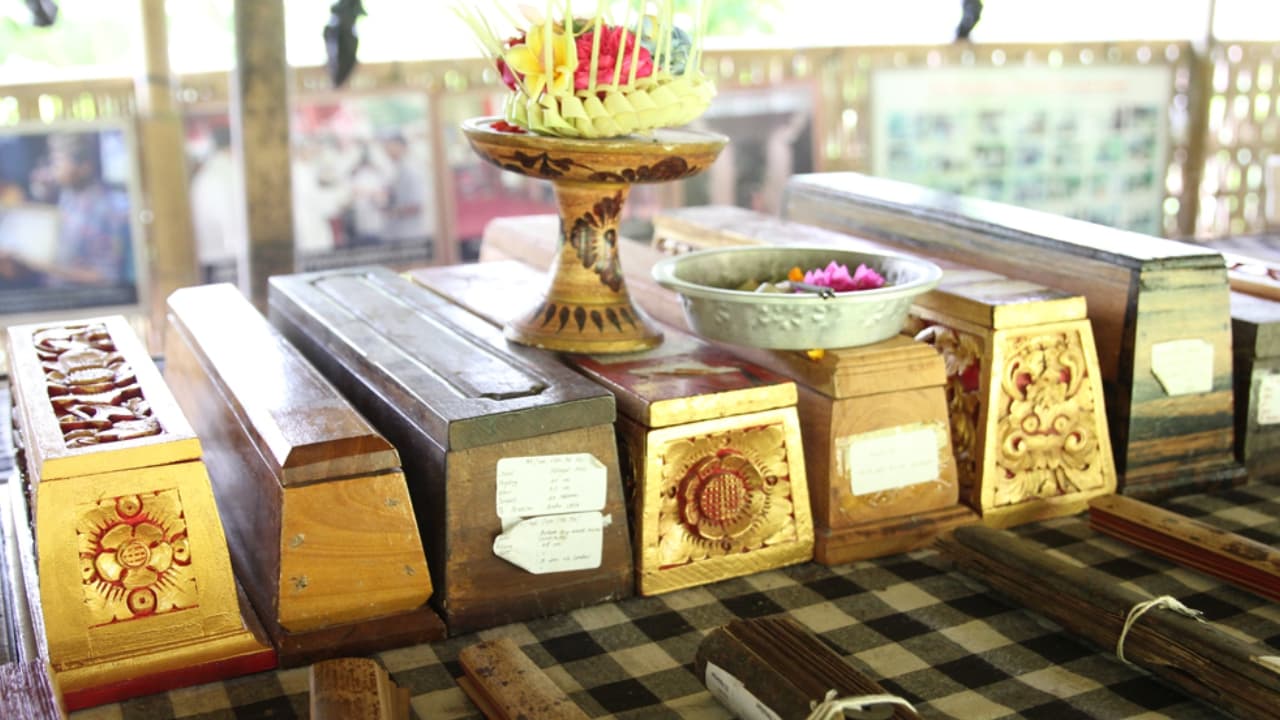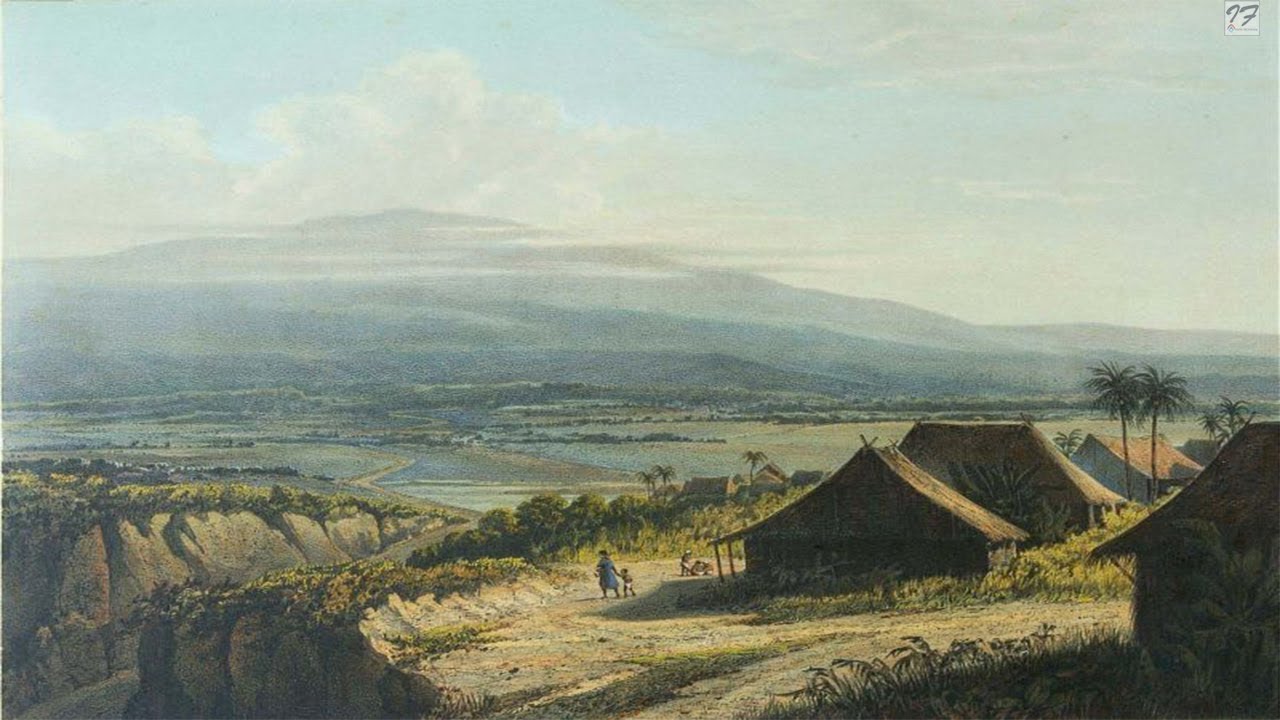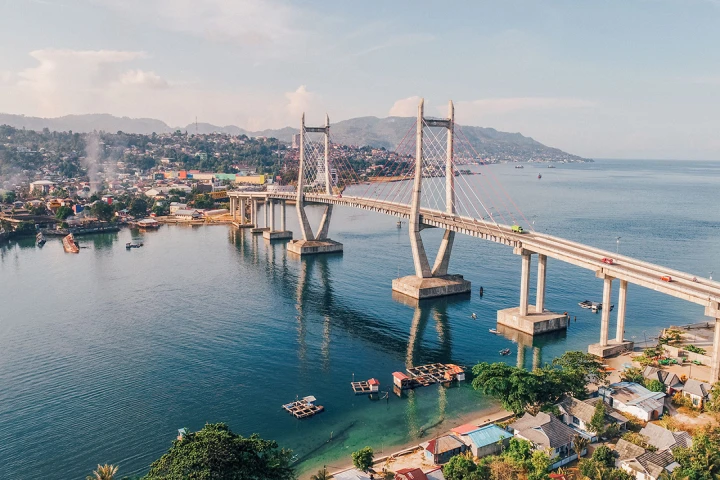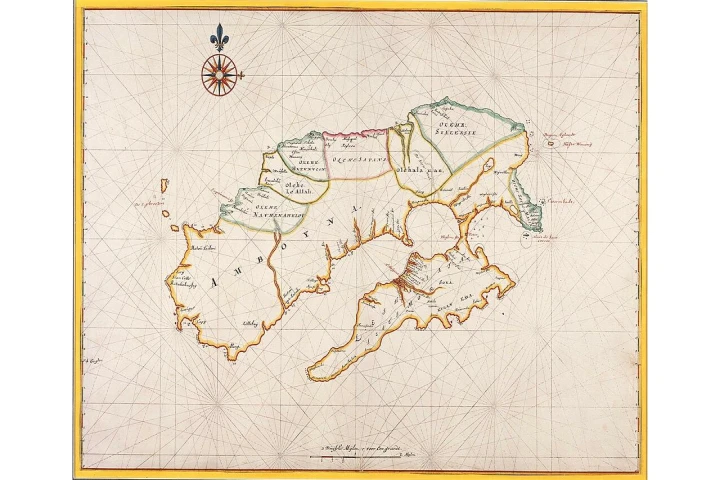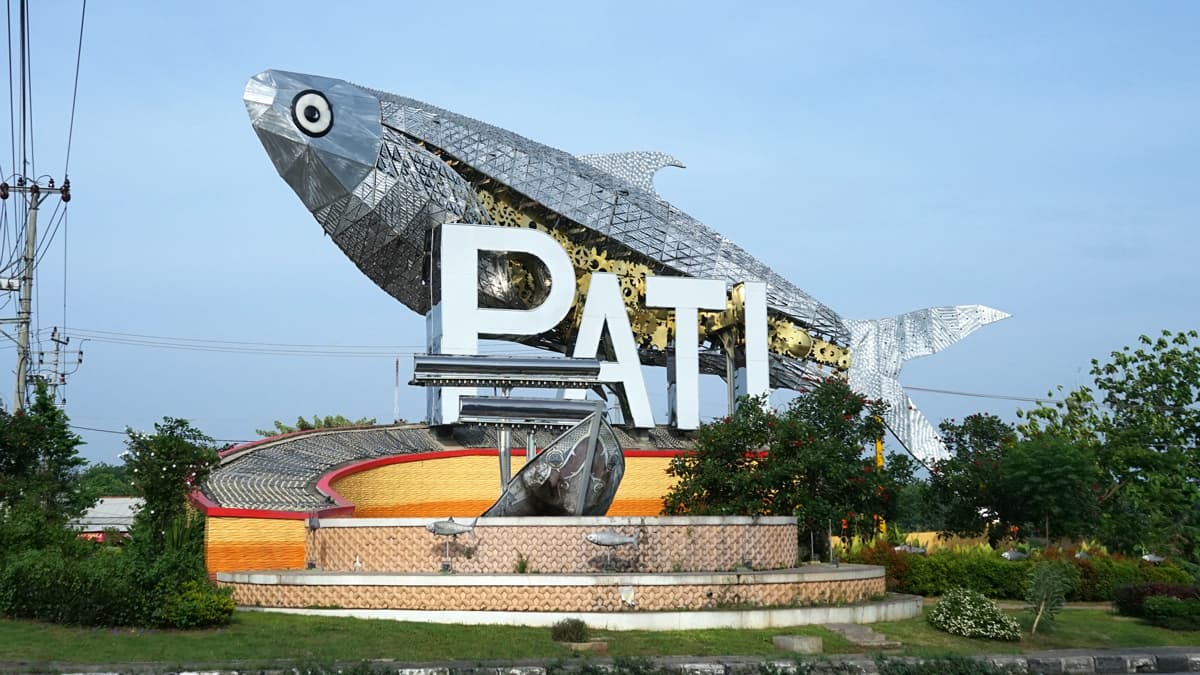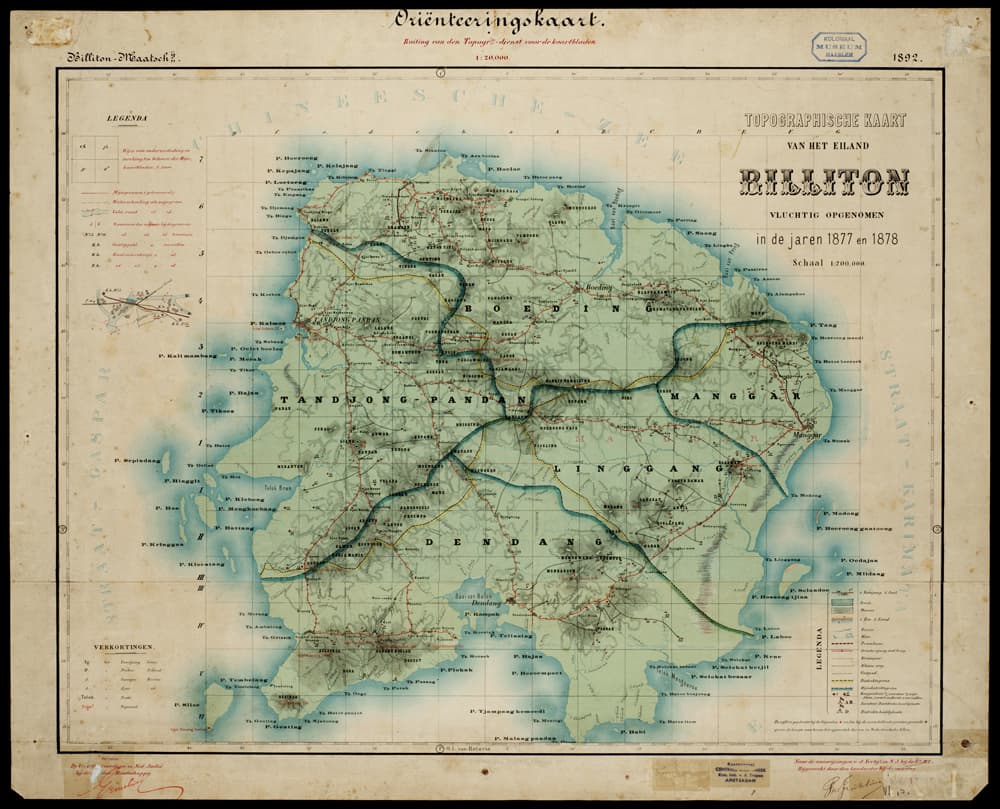
Today, people associate Bangka Belitung Islands, specifically East Belitung, with the popular film “Laskar Pelangi”. Natural beauty, friendship, and tin mining become several things related to the stories of Ikal and his friends. However, aside from the famous white tin, the East Belitung is also popular with white pepper (Piper Nigrum), and it also played a significant role in the Spice Routes trade traffic.
Feeder Points of the Srivijaya Empire
Aside from the enchantment of white pepper and spices in East Belitung, this area keeps traces of the Spice Routes in the past. Kota Kapur marked the narration of Spice Routes that sailed through Bangka Belitung Islands. Kota Kapur was a settlement surrounded by clay forts, where a former ancient native settlement was found long before Srivijaya Inscription.
The discoveries revealed the temples, statues of Visnu, earthenware remains from the former ancient settlement, Chinese ceramics, clay fort, the channel of Kupang River, board boat fragment, and gold. Thus, it shows cultural exchanges with foreign nations in Kota Kapur, such as India and China.
Other than Kota Kapur Site, there are other sites, including the Batu Hitam Site in Gaspar Strait where a sinking ship was found, ceramics from the Tang Dynasty era, lead ballast, and resin sap from Sumatera. Further, the Gelasa Site in Gelasa Strait was found, a place where a ship from the 19th century crashed the coral when it was heading to Indonesia. This area was a significant shipping route and a dangerous area, for a coral often caused accidents. Further, there was Batumandi Site located in Galasa Strait. Here, another ship was found, which still used high masts, equipped with backup sails. It is suggested that foreigners, who sailed before the independence era, owned the ships.
Tracing back the history, Kota Kapur was 1 out of 14 trade cities that also functioned as feeder points of the Srivijaya Empire. Srivijaya Empire exported goods, including spices, pepper, tin, areca nut, aloes, fragrant wood, which we can find some of them in Bangka Belitung islands. It is proved by archeological findings in the 5th century in the forms of boat and dock remains.
In addition, Kota Kapur Inscription in the 10th century strengthens the point that Kota Kapur was a feeder point of Srivijaya with a small king in Kota Kapur. The inscription was found in Penagan Village, West Mendo, Bangka Belitung, and is now kept in the National Museum of Jakarta.
Rempa for Malay Belitong
There is a popular term among the people of the East Belitung “semahal lada” [“expensive as pepper”] or “semahal sahang“. Sahang (large-grained pepper) has become a part of the locals, including the tradition in East Belitung that is often linked to pepper harvest. Sahang means miserable because the process of pepper planting is often challenging, from opening the land, harvesting, to selling the pepper. On the other hand, pepper also brings prosperity to the people, for it possesses an excellent economic value.
Rempa or rempak, that is how the people of East Belitung call the spices that have become a part of their routine. Other than seasoning for a flavorful cuisine as a form of cultural assimilation, the people of Malay Belitong use spices in traditional ceremonies. For example, in local ceremonies, turmeric is one of the spices they use that symbolizes straggling gold. They almost always use the spice in every shamanism procession, including the ceremony of Maras Taun. The ceremony of Maras Taun is led by a traditional leader named Mak Panggong who takes a role in leading and collecting foods, conducting the ritual, and giving prayers. In preparing the ceremonial ritual, Mak Panggong is helped by the local mothers to collect the spices.
Aside from turmeric, the people of East Belitung also use other kinds of spices, including cinnamon, lemongrass, and pandan leaves, in the Batangas tradition. It is a tradition of taking a bath using the water vapor coming from various spices to scent the bodies, remove toxins and sweat, and give psychological effects, like happiness. Further, they also use spices for traditional medicine or herbs, called Ubat Kampung, formulated with spices or other natural ingredients.
Source:
Webinar Budaya Rempah di Tanah Timah | Iskandar Siregar, S.Si (Head of the Institute for the Preservation of Cultural Heritage of Jambi) | Drs. Akhmad Elvian (Cultural Practitioner of Bangka Belitung) | Evi Nardi, S.Sos (Head of the Department of Cultural and Tourism of East Belitung Regency) | Agus Widyatmoko (Pamong Budaya Ahli Madya)
Naskah: Putri A.F
Editor: Tiya Septiawatit
Translator: Dhiani Probhosiwi



